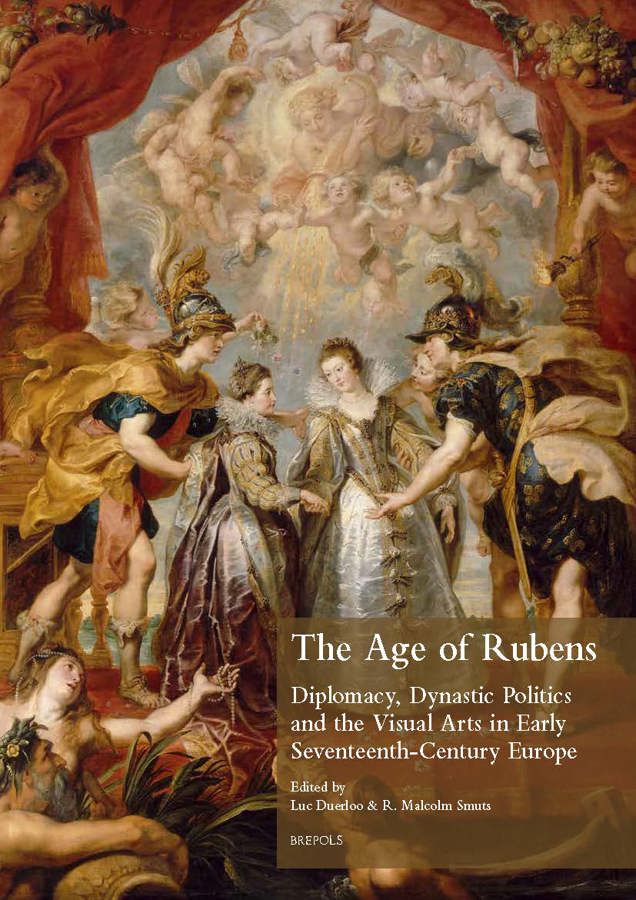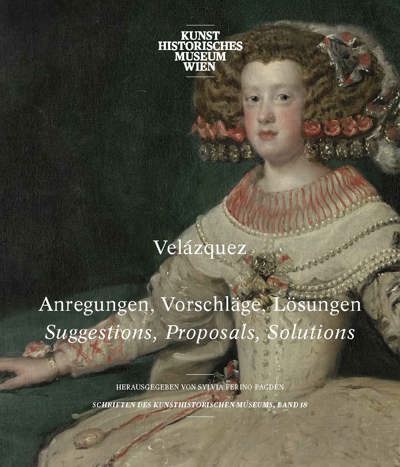
The Age of Rubens
Diplomacy, Dynastic Politics and the Visual Arts in Early Seventeenth-Century Europe
Luc Duerloo, Malcolm Smuts (eds)
- Pages: 302 p.
- Size:210 x 297 mm
- Illustrations:81 b/w, 21 col.
- Language(s):English, French
- Publication Year:2016
- € 115,00 EXCL. VAT RETAIL PRICE
- ISBN: 978-2-503-54948-4
- Paperback
- Available
“This attractively produced volume of papers (…) has Rubens’s career as its unifying theme.” (Gregory Martin, in The Burlington Magazine, CLX, 2018, p. 163)
“The Age of Rubens is an ambitious attempt to build a dialogue between art history and other disciplines, more specifically, politically oriented ones.” (Robert Tiegs, in H-NET Reviews, June 2018)
Luc Duerloo is professor of early modern political history at the University of Antwerp. His current research focuses on the Court of the Archdukes Albert and Isabella, their international policies and artistic patronage. His monograph Dynasty and Piety: Archduke Albert (1598‒1621) and Habsburg Political Culture in an Age of Religious Wars (2012) won the Filips van Marnix van Sint Aldegonde Prize for History, and was translated into Spanish as El archiduque Alberto: Piedad y politica dinastica durante las guerras de religion (2015).
R. Malcolm Smuts is Professor Emeritus of History at the University of Massachusetts Boston. His publications include Court Culture and the Origins of a Royalist Tradition in Early Stuart England (1987), Culture and Power in England 1585‒1685, and numerous articles and edited collections dealing with the political and cultural history of early modern England and Europe.
This thoroughly interdisciplinary collection of essays explores the multi-faceted relationship between international politics, diplomacy and the visual arts that developed during the early seventeenth century. Several chapters provide major re-evaluations of the career of Peter Paul Rubens as an artistdiplomat, based on previously neglected manuscript sources and a deepened analysis of the social and political environments in which he operated. Other contributors focus on Rubens’s contemporary court artists, such as Anthony van Dyck, Guido Reni and Diego Velázquez. In addition to providing original interpretations of several important paintings and painting cycles, the volume examines such topics as the evolution of personified images of nationality, representations of dynastic marriages, the material culture of royal bridal trousseaus, the importance of details of costume and colour to the visual codes of baroque courts, and the roles played by artists within court societies. Ranging across Western Europe, from England to the Low Countries, France, Germany, Spain and Italy, these essays demonstrate conclusively the subtlety and complexity of visual communication within early baroque court societies, which enabled artists to convey complex political messages through paintings. The contributors to this volume display a variety of methodological approaches, demonstrating many different ways in which historical research can be fruitfully integrated with art historical analysis to generate new insights into both the visual culture and the politics of baroque Europe.
The Artist and the Ruler in Pursuit of Opportunity — Malcolm Smuts & Luc Duerloo
Rubens and the Spell of the Gonzaga Collections — Raffaella Morselli
The Representation of the French-Spanish Marriage Alliance in the Medici Cycle:
‘Concorde perpetuelle’ — Nicola Courtright
Rubens et l’invention d’une image politique :
la France personnifiée, XVIe-XVIIe siècle — Jean-François Dubost
High Quality Copies and the Art of Diplomacy during the Thirty Years War — Anthony Colantuono
Ambition and Ambivalence:
Peter Paul Rubens as a Diplomat — Michael Auwers
Policy and Pomegranates:
Art, Iconography and Counsel in Rubens’s Anglo-Spanish Diplomacy of 1629‒1630 — John Adamson
Anthony van Dyck:
A Painter-Diplomat Of the Thirty Years’ War? — Toby Osborne
The Materials of Marital Diplomacy:
Henrietta Maria’s Trousseau — Erin Griffey
The Representational Strategies of the Count-Duke of Olivares and Elisabeth of France: Equestrian Portraits, Guardainfantes and Miniatures (1628‒1644) — Laura Oliván Santaliestra
Rubens’s Myths for the Rey Planeta at the Torre de la Parada — Larry Silver
Rubens allemand ? Le duo formé par Georg Petel et Rubens — Blaise Ducos
Rubens, Bishop Veit Adam von Gepeckh, and the Freising High Altar, 1623‒1625 — Jeffrey Chipps Smith




